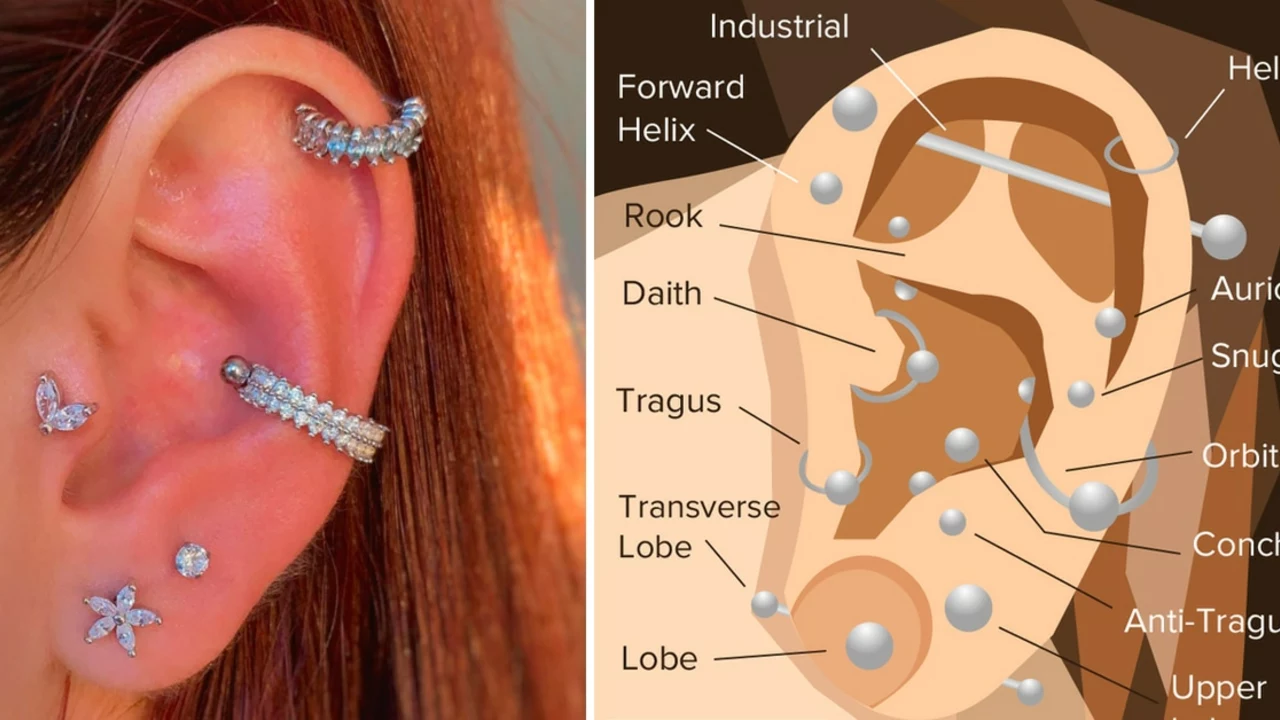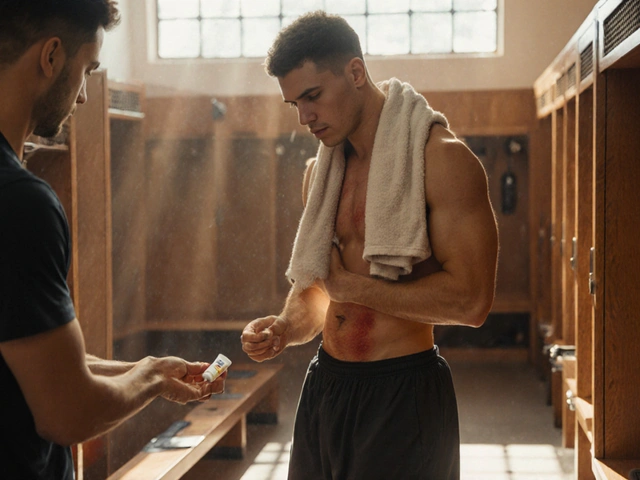Ear canal infections (otitis externa) are sudden, often painful infections of the outer ear canal.
They usually come from water trapped in the ear or from tiny skin injuries. Commonly called swimmer's ear, these infections can be bacterial or fungal and range from mild itching to intense pain.
Knowing what puts you at risk helps you avoid trouble. Swimming in dirty or chlorinated water, using cotton swabs, scratching with fingernails, wearing hearing aids or earbuds for long stretches, and skin conditions like eczema raise the chance of infection. Diabetes or a weakened immune system makes infections more likely and harder to treat.
The usual signs are ear pain that worsens when you pull the earlobe, itching inside the canal, a feeling of fullness, reduced hearing, and sometimes fluid or pus draining from the ear. You might also get swollen lymph nodes near the jaw, a fever, or jaw pain when chewing.
For mild cases you can start with safe home care. Keep the ear dry and avoid swimming until it heals. Tilt your head to drain water and gently dry the outer ear with a towel. Over-the-counter pain relievers help with discomfort. Do not stick cotton swabs or fingers into the ear canal — that often makes things worse.
If symptoms persist or get worse, you need medical treatment. Clinicians usually clean the ear and prescribe antibiotic or antiseptic ear drops; steroid drops often reduce swelling and pain. For severe or spreading infections, oral antibiotics may be needed. Fungal infections get antifungal drops instead. Always follow the full course and use drops exactly as directed.
Watch closely for red flags: severe pain, fever, worsening swelling, spreading redness toward the face, or worsening hearing loss. Seek care right away if you have diabetes, use chemotherapy, or have a history of chronic ear problems. Those groups risk more serious complications.
Preventing ear canal infections is straightforward. After swimming or showering, tilt your head to drain and dry ears. Consider acidified drying drops (a mix of rubbing alcohol and white vinegar) only after checking with a pharmacist or doctor. Use earplugs when swimming and avoid inserting objects in the ear. If you wear hearing aids, clean them and give your ears breaks to breathe.
Recurrent infections might need longer-term strategies: treating underlying skin issues, swapping out hearing devices, or periodic clinic cleaning. If you struggle with repeated problems, ask an ENT specialist for evaluation and a personal prevention plan.
When using drops, lie on your side with the infected ear up, warm the bottle, pull the earlobe to open the canal, squeeze the prescribed number of drops, stay still for a minute, then wipe excess. Don't use drops if you suspect a perforated eardrum — signs include sudden sharp pain, heavy fluid drainage, or a history of ear surgery. Parents: keep kids' ears dry after baths and teach them not to dig in their ears. Faster recovery often comes from early treatment, so act quickly at the first sign of worsening symptoms now.
12
The Relationship Between Ear Piercings and Ear Canal Infections
In my recent exploration, I delved into the relationship between ear piercings and ear canal infections. Interestingly, although ear piercings and ear canal infections are both related to our ears, they're not as directly connected as you might think. Ear piercings, particularly when not done professionally or cared for properly, can lead to localized infections or even systemic ones. However, these are typically limited to the external parts of the ear, not the inner ear canal. So, while there's a risk of infection from piercings, they're not typically the cause of ear canal infections - those are usually due to things like allergies, colds, or even water trapped in your ear.
Latest Posts
Popular Posts
-
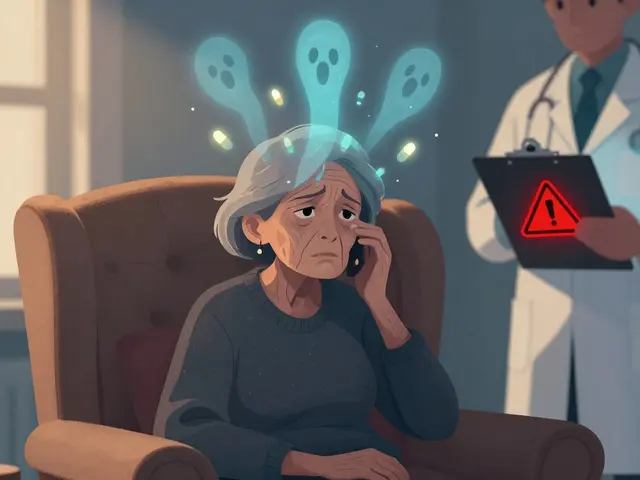 Antipsychotics and Stroke Risk in Seniors with Dementia: What You Need to Know
Antipsychotics and Stroke Risk in Seniors with Dementia: What You Need to Know
-
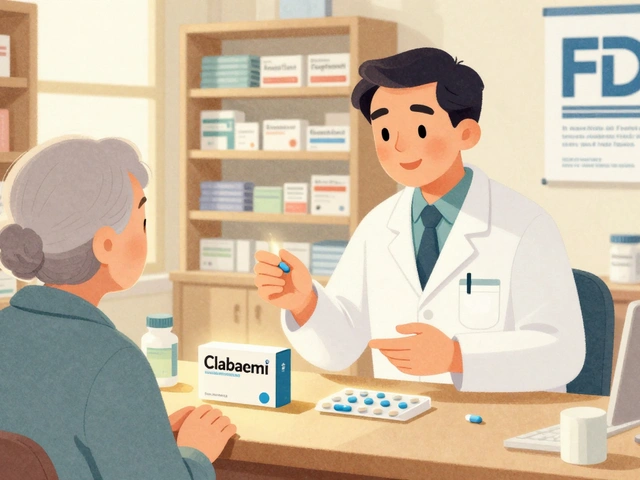 Pharmacist Recommendations: When to Suggest Authorized Generics
Pharmacist Recommendations: When to Suggest Authorized Generics
-
 Constipation from Medications: Complete Management Guide
Constipation from Medications: Complete Management Guide
-
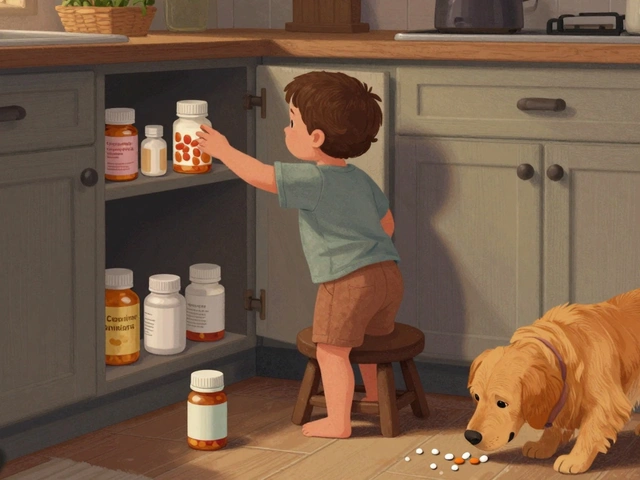 How to Keep Medications Safe from Children and Pets at Home
How to Keep Medications Safe from Children and Pets at Home
-
 Small Intestinal Bacterial Overgrowth: Breath Tests and Treatment Explained
Small Intestinal Bacterial Overgrowth: Breath Tests and Treatment Explained
